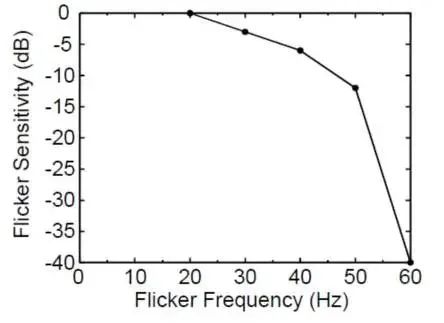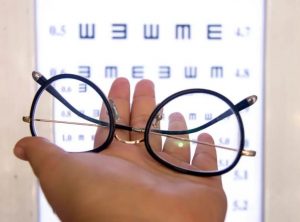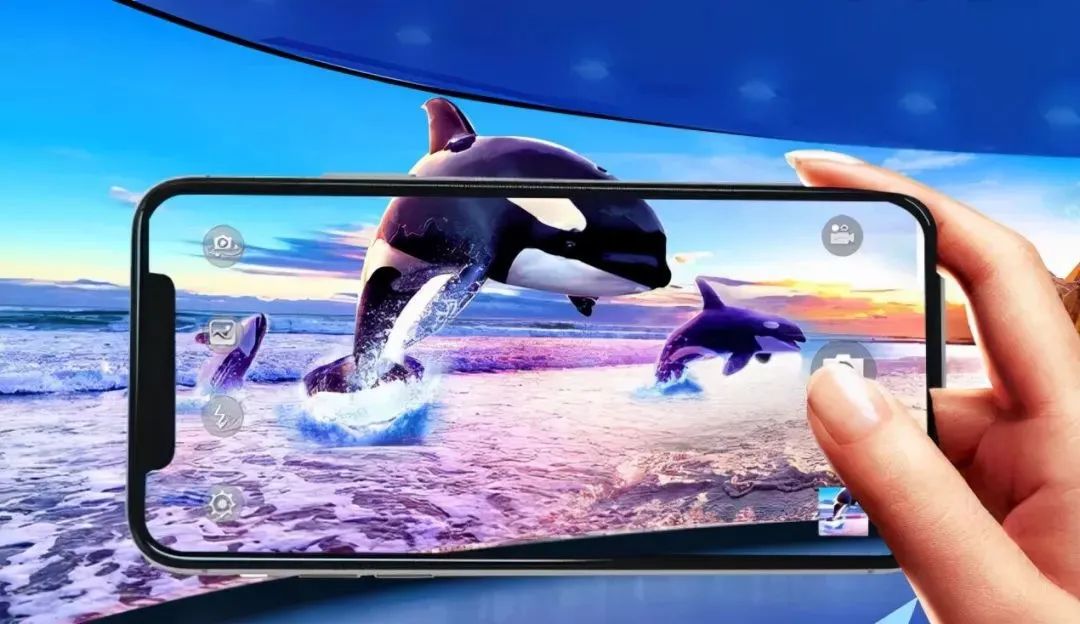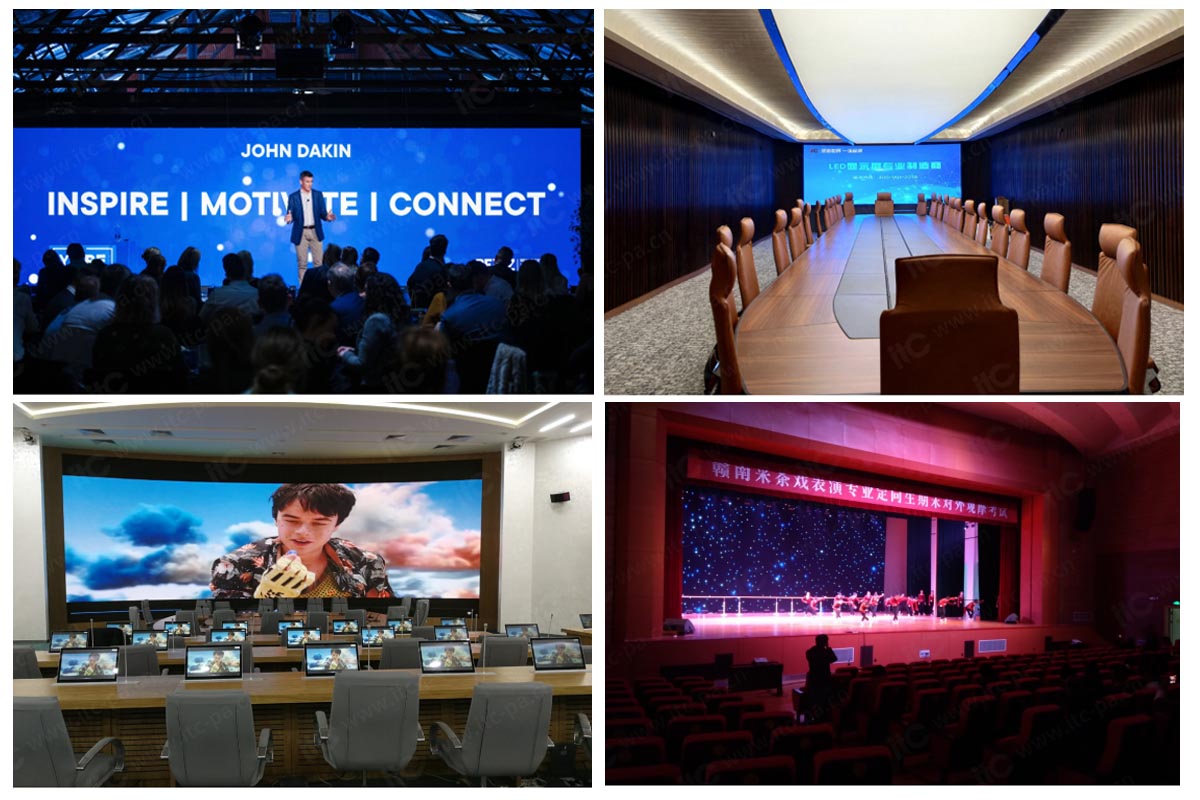LED display breaks the limitations of traditional screens, and has prominent application advantages in commercial, performance, lecture halls and other places. There are many types and brands of LED display screens, and the display effects are uneven with obvious gaps. Among them, there are many defective products, which not only have poor effects but also cause huge damage to the eyes.
LED display screen is imaged by refreshing the screen by turning on and off the LED light. The LED lights are turned on and off row by row, which will cause each row of lamp beads on the screen to repeatedly switch between the luminous state and the black-screen state. At a lower frequency, the switching of light and dark can be clearly detected by eyes, so that the abnormal flicker of the screen can be felt. This phenomenon is stroboscopic. Although the strobe is a phenomenon associated with the working of the LED display, the strobe of different frequencies will cause large or small damage to the human eye!
Most people can perceive flicker below 80Hz, which is also called visible stroboscopic. At this time, the eyes can clearly see changes in light and dark. Visible strobe is an unacceptable status for normal lighting or displays.

For the strobe above 80Hz, the human eye is not easy to detect, but it has a great impact on the spatial perception of eye. For example, a moving object is seen as a series of still images, that is, the stroboscopic effect. Due to the stroboscopic effect, people will have the illusion that some fast-moving equipment is seen as slow-moving or even static, which is extremely dangerous.

Strobe has a stimulating effect on the human visual system. Studies have shown that low-frequency flickering light sources of 3-70Hz may cause photosensitive epilepsy in some people; when the frequency is greater than 100Hz, the human eye cannot feel the flicker, but it will still cause symptoms such as eye fatigue and headache. Long-term viewing may easily lead to problems such as blurred vision, decreased vision, distraction, and photosensitive epilepsy.

According to the research of authoritative testing institutions, when the minimum stroboscopic standard of LED light source is above 1250Hz, the health risk is in a lower range; and to achieve a completely harmless effect on human health, the stroboscopic frequency needs to be above 3000Hz.
itc strictly control the stroboscopic frequency of all series of LED displays, and continuously upgrade and optimize the self-developed technology. At present, the refresh rate has reached 3840Hz, far exceeding the harmless standard of 3000Hz.

The high refresh rate of 3840Hz can perfectly fit the range that the human eye can carry, and can also greatly improve the stability of frame changing, enhance the dynamic effect of the image, and achieve playback without lag or flicker, effectively protecting the eyes. itc HD LED display is not prone to smear when playing high frame rate videos, and can reduce water ripples when shooting with mobile phones or cameras. The display is clear and delicate, the color is vivid, and the degree of reduction is high.
